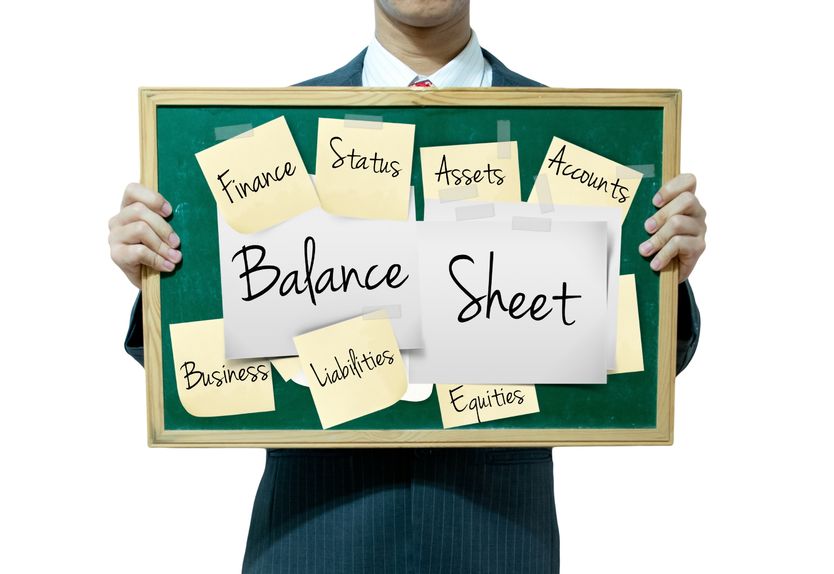
Household Balance Sheets Improve for 2015
2015 will show an economic improvement, according to the Economic Advisory Committee of the American Bankers Association, who predicts that the U.S. economy will grow nearly 3 percent on an inflation-adjusted basis this year compared to 2.5 percent last year.
The committee, which includes 15 chief economists from among the largest banks in North America, sees an improved fundamental backdrop for growth. Sectors that were severely damaged during the 2008-2009 crisis have healed significantly. In particular, the banking and real estate sectors are in much better health. Household balance sheets have also improved, with strong gains in asset prices and a dramatic drop in debt service burden.
The fiscal and monetary policy environment is supportive of growth. Fiscal policy is no longer a headwind as budget brinkmanship battles abate and tax and spending policies stabilize. The group forecasts the federal budget deficit will stabilize at $470 billion in fiscal year 2015.
The committee expects the Federal Reserve to maintain near-zero interest rates through mid-2015. Thereafter, the bank economists see a very gradual normalization of interest rates over the next several years.
“We expect the Fed to calibrate its policy to minimize any shock to growth,” says Ethan Harris, chairman of the group and co-head of global economics research at Bank of America Merrill Lynch.
The group sees falling energy prices as a net positive for the economy. Low prices will hurt the oil patch, cutting into mining employment and capital spending. However, this will likely be more than offset by the boost to energy consumers.
“Gas at about $2 a gallon is like an across-the-board tax cut,” says Harris. “Cash savings at the pump leave more money for consumers to save or spend elsewhere.”
Despite the weakness in energy sector investment, the group sees business investment as a strong point for the economy. The consensus forecast is that business investment will rise 5 percent on an inflation-adjusted basis this year.
The Committee sees continued monthly job gains of 200,000 or higher through this year. However, the bank economists expressed concerns that job gains had not yet triggered healthy wage growth.
“Top earners have fared well since the last recession, but the same can’t be says for middle and lower-income families,” says Harris. “Wages have barely kept up with inflation over the last six years, straining household budgets.”
Nonetheless, the Committee believes the ongoing drop in unemployment will start pushing wage growth higher.
“Solid job growth, improving wages and lower energy costs should encourage more families to spend,” says Harris.
The Committee expects 3 percent real consumption growth in 2015.
The group expects residential investment to be stronger this year with gains in single and multi-family starts and home sales.
The EAC expects home prices nationally to rise 3.5 percent this year.
“With home prices on the rise, families are once again viewing homes as good investments,” says Harris. “Even if mortgage interest rates rise some this year, more people are going to want to buy a first or larger home.”
The group’s consensus is that mortgage rates will rise only from about 4 percent now to 4.5 percent by year-end.
The group forecasts that consumer credit growth will be modest this year and business lending growth will be stronger, but will return to a more normal pace of growth.
In 2015 and 2016, loans to individuals are expected to grow about 6 percent and loans to businesses will grow about 10 percent.
“We’re optimistic that business lending will grow at a double-digit rate this year to finance healthy business investment,” says Harris.
“Stronger growth in business lending will be critical for the economy.
Banks are ready to meet demand as businesses take the next step forward.”
The Committee sees low inflation resulting from falling energy prices, which will temporarily push year-over-year headline inflation into negative territory.
“Outside of energy, the improving domestic economy could put upward pressure on prices, but the weak global backdrop and a strong dollar should limit any inflation acceleration,” says Harris.
The Committee believes the greatest near-term risks to the U.S. economy come from outside the country.
“Disappointing growth in Europe, China and Japan is a reminder that the global economy still faces major challenges,” says Harris.
The Committee also sees major long-run budget challenges.
“As the baby boom generation retires, the federal budget deficit will balloon again, posing a major challenge to future generations,” says Harris.
Nonetheless, the Committee sees a generally positive U.S. economic outlook for 2015 with above-trend growth, low inflation and a go-slow Fed.
For more information, visit www.aba.com.
Connect with us: Facebook – Twitter – LinkedIn – YouTube – Pinterest – Google+ – HOUZZView Our Communities – View our available new home floor plans – View our photo gallery


Sorry, the comment form is closed at this time.